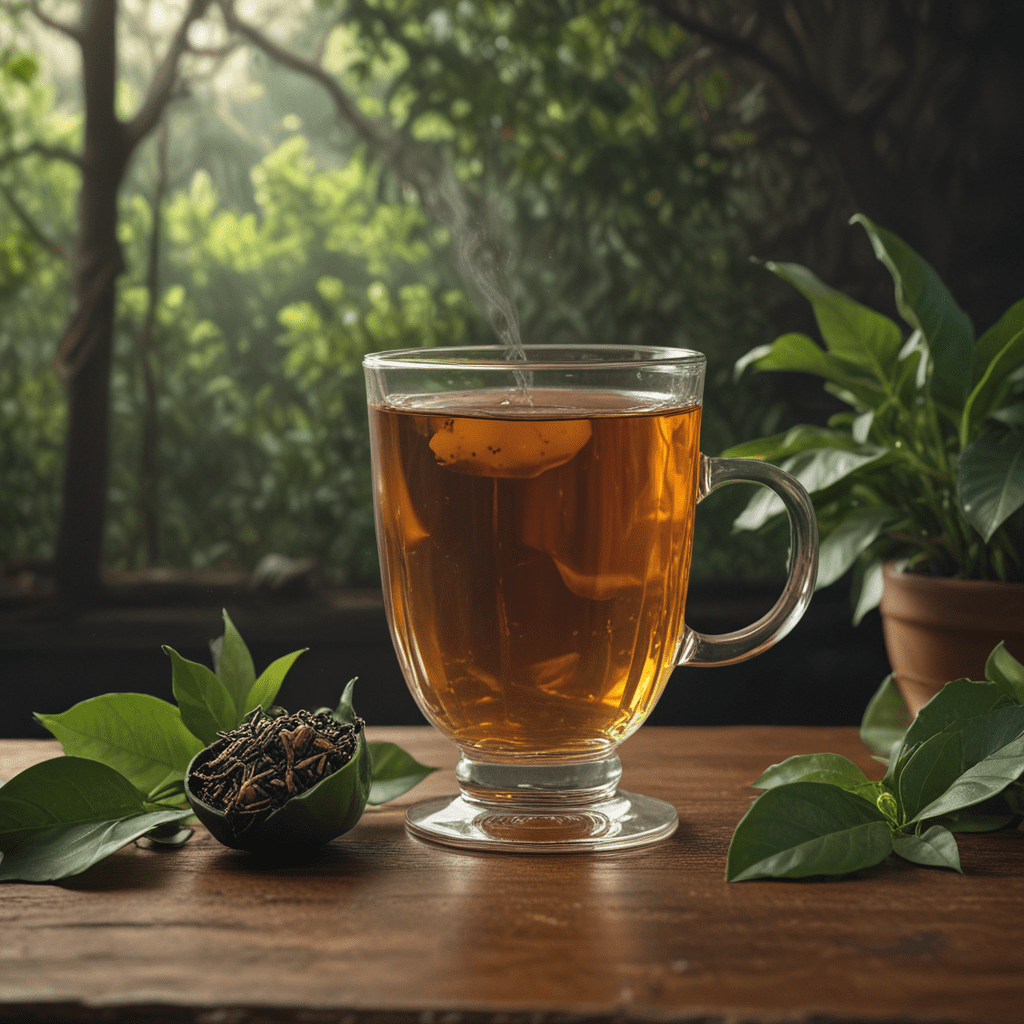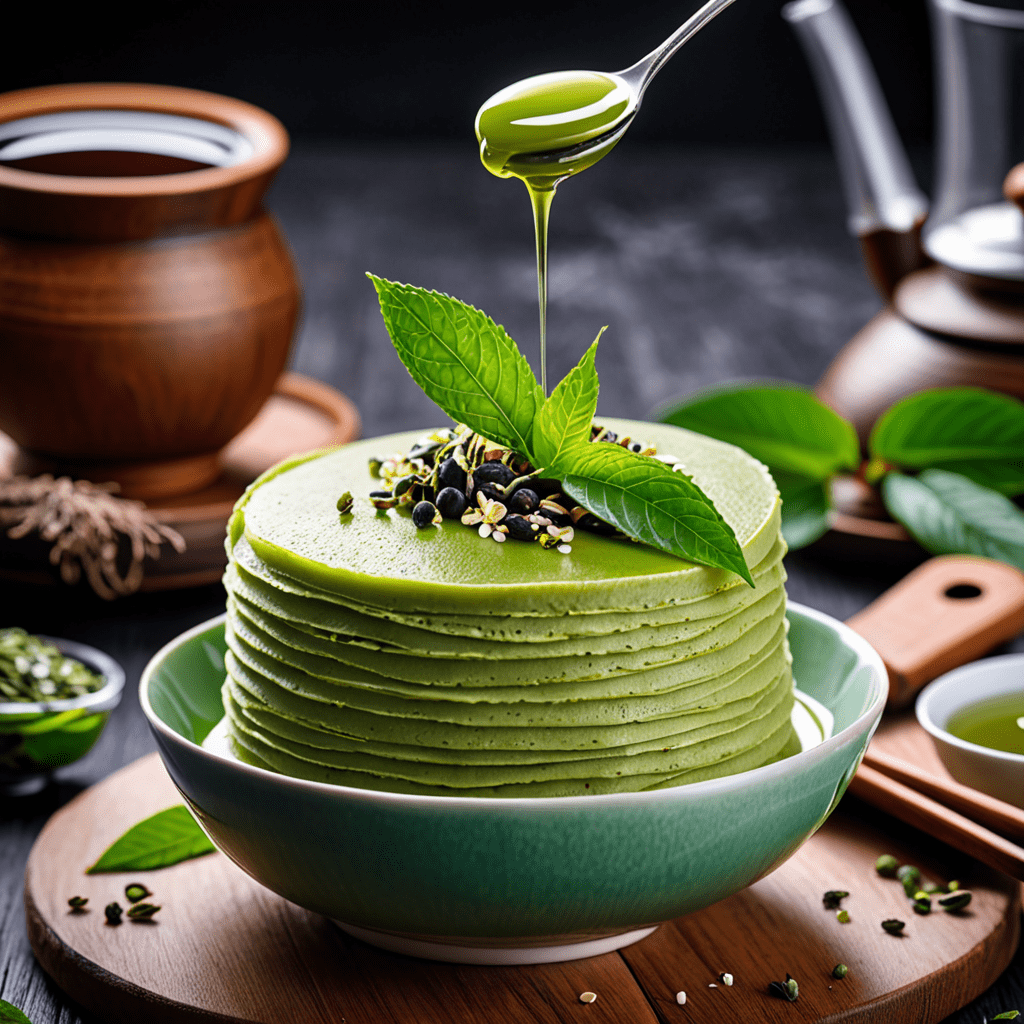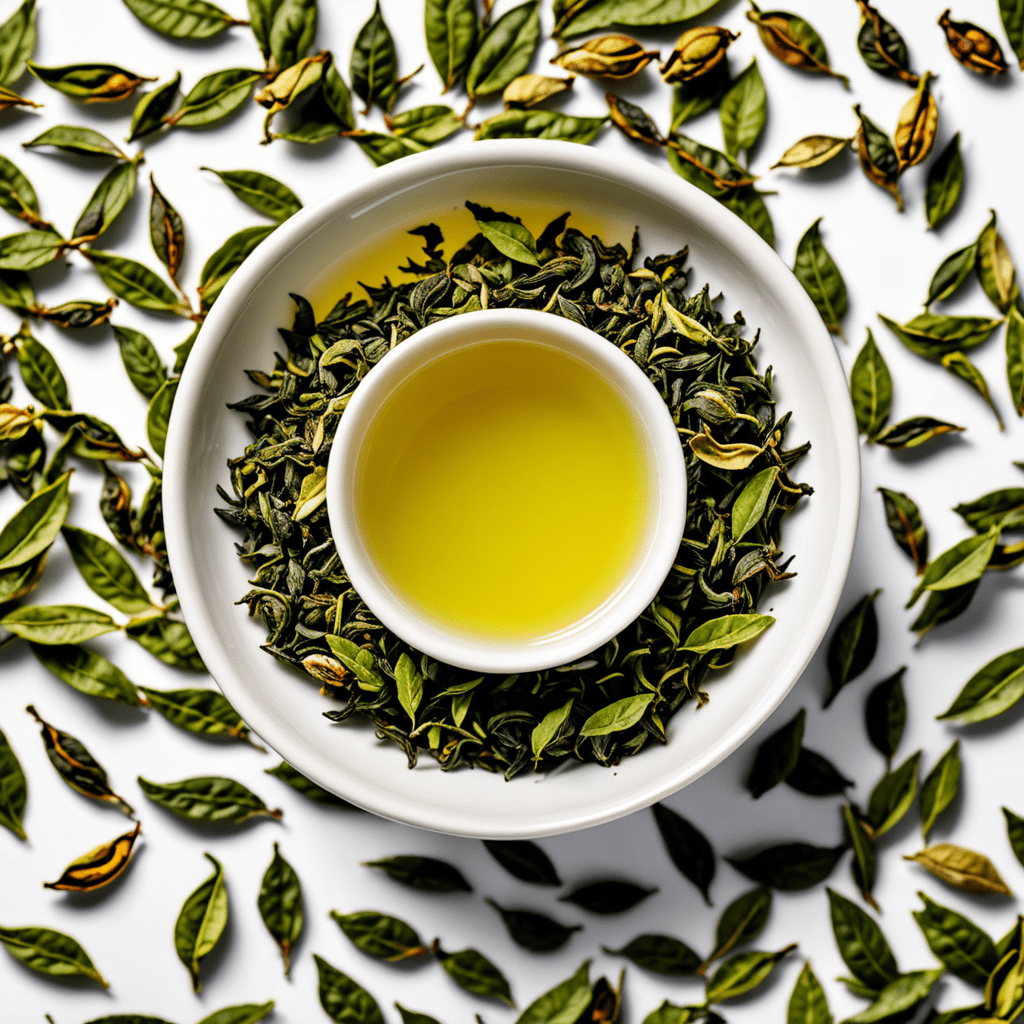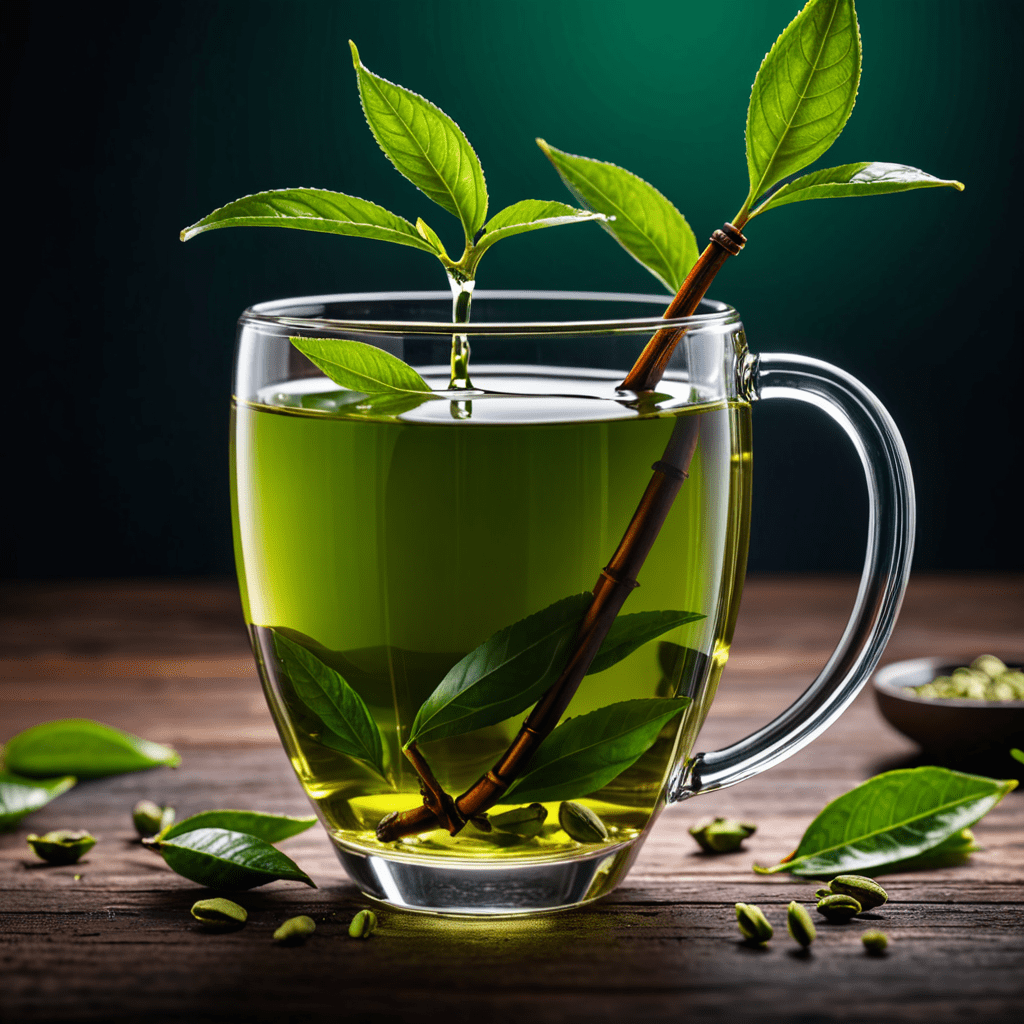The Essence of Ceylon Tea: Capturing Sri Lankan Spirit
1. Historical Roots: The Legacy of Ceylon Tea
The tale of Ceylon tea is intertwined with the annals of Sri Lanka, stretching back centuries to the advent of British colonization in the 19th century. Coffee was initially the dominant crop, but a devastating leaf disease in the 1860s led British planters to introduce tea as a substitute. The fertile soil, abundant rainfall, and high elevation of the island's central highlands proved ideal for tea cultivation. By the early 20th century, Ceylon tea had gained global prominence, renowned for its distinctive flavor, aroma, and quality.
2. Geographical Delights: Sri Lanka's Tea-Growing Regions
Sri Lanka boasts seven distinct tea-growing regions, each characterized by unique climatic conditions and soil compositions that impart subtle variations in flavor and aroma to the tea leaves. The most significant regions include:
- The Kandyan highlands: Known for its high-grown teas with bright, brisk flavors and floral notes.
- The Uva region: Produces medium-bodied teas with a rich, malty character and hints of spice.
- The Dimbula region: Renowned for its balanced, full-flavored teas with a distinctive citrusy finish.
- The Ruhuna region: Ideal for producing low-grown teas known for their strong, earthy flavors and hints of chocolate.
3. The Sensory Symphony: Flavors and Aromas of Ceylon Tea
Ceylon tea is celebrated for its diverse flavor and aroma profile. The leaves contain a symphony of chemical compounds that interact to create a complex sensory experience. Black teas exhibit a wide range, from bold and malty to delicate and floral, with notes of bergamot, honey, spice, and citrus. Green teas offer a refreshing, vegetal freshness with hints of grass and cucumber. White teas, made from young, unoxidized leaves, possess a subtle, delicate sweetness with a hint of honey.
4. The Art of Cultivation: Sustainable Tea Farming Practices
Sri Lankan tea farmers have a deep commitment to sustainability. They employ traditional and modern techniques to ensure the longevity of their plantations and protect the environment. Agroforestry, where trees and tea bushes are intercropped, is widely practiced, providing shade, reducing erosion, and enhancing biodiversity. Organic and biodynamic farming methods are also gaining popularity, promoting soil health, reducing chemical use, and preserving natural ecosystems.
5. The Human Element: Tea Workers and Their Stories
Behind every cup of Ceylon tea lies a story of human labor and dedication. Sri Lanka's tea industry employs over a million people, primarily women, who play a crucial role in the cultivation, harvesting, and processing of tea leaves. Their stories of hard work, resilience, and passion add a human dimension to the legacy of Ceylon tea.
6. Cultural Significance: Tea’s Role in Sri Lankan Society
Tea is deeply ingrained in Sri Lankan culture and daily life. It is a symbol of hospitality, a beverage enjoyed at every occasion, and a source of national pride. Tea drinking is an integral part of Sri Lankan rituals, such as the traditional "high tea" served in the afternoon, where families and friends gather to socialize and savor the flavors of Ceylon tea.
7. Economic Impact: Tea as Sri Lanka’s Economic Lifeline
Ceylon tea is a vital contributor to the Sri Lankan economy. It is the country's largest agricultural export, accounting for a significant portion of its foreign exchange earnings. The industry provides employment, supports infrastructure development, and contributes to the overall socio-economic well-being of the nation.
8. Global Recognition: Ceylon Tea’s International Acclaim
Ceylon tea is renowned worldwide for its exceptional quality and distinctive flavor profile. It has won numerous international awards and accolades, and is favored by tea connoisseurs around the globe. Sri Lanka's tea industry has a robust global presence, exporting to over 100 countries across the world.
9. Promoting Tradition: The Influence of Tea in Sri Lankan Tourism
Tea tourism has emerged as a significant aspect of Sri Lanka's tourism industry. Visitors from around the world come to experience the country's tea culture firsthand, visiting tea plantations, learning about tea production, and enjoying the flavors of freshly brewed Ceylon tea. Tea-themed tours and educational programs provide insights into the heritage and artistry behind this beloved beverage.
10. Preserving Authenticity: Protecting the Heritage of Ceylon Tea
Recognizing the importance of preserving the authenticity and heritage of Ceylon tea, the Sri Lankan government has implemented strict regulations and certifications. These measures ensure that only genuine Ceylon tea, meeting specific standards of quality and origin, can be marketed under the "Ceylon Tea" brand. This commitment to quality and authenticity safeguards the reputation and legacy of Ceylon tea in the global market.
FAQ
What makes Ceylon tea unique?
Ceylon tea is renowned for its distinctive flavor, aroma, and high quality. Its unique characteristics arise from the combination of Sri Lanka's ideal growing conditions, traditional cultivation practices, and meticulous processing techniques.
What are the different types of Ceylon tea?
Ceylon tea comes in a variety of types, including black tea, green tea, white tea, and flavored teas. Black tea is the most common type, known for its robust flavor and versatility. Green tea offers a refreshing, vegetal taste, while white tea is delicate and subtly sweet. Flavored teas combine the natural flavors of Ceylon tea with aromatic fruits, herbs, or spices.
How is Ceylon tea processed?
Ceylon tea is processed using a traditional method called the Orthodox method. This involves four main stages: withering, rolling, oxidation, and drying. The withering process removes moisture from the leaves, while rolling breaks down the cell walls and releases their flavor. Oxidation allows the leaves to develop their characteristic dark color and flavor, and drying halts the oxidation process and stabilizes the tea.
How can I enjoy Ceylon tea?
Ceylon tea can be enjoyed in a variety of ways. It is commonly brewed as a hot beverage, using loose leaves or tea bags. The ideal brewing time varies depending on the type of tea and personal preference. Alternatively, Ceylon tea can be enjoyed as a cold brew, where tea leaves are steeped in cold water for an extended period. This method creates a refreshing, less bitter brew.



